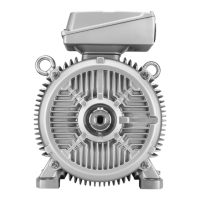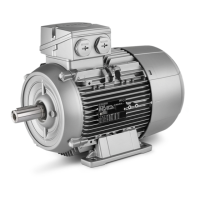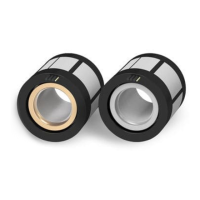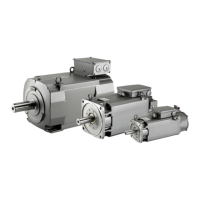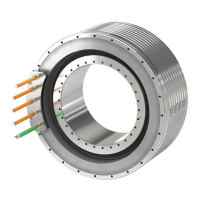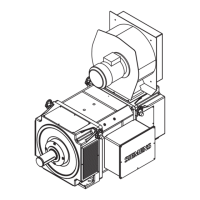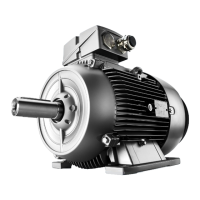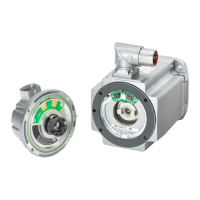Mechanical properties
3.1 Cooling
1FN3 linear motors
Configuration Manual, 10/2018, 6SN1197-0AB86-0BP2
69
Use a heat-exchanger unit to ensure an flow temperature of 35 °C. Several primary sections
can be connected to a heat-exchanger unit. The heat-exchanger units are not included in the
scope of delivery.
The cooling capacity is calculated from the sum of the power losses of the connected
primary sections. Adapt the pump power to the specified flow and pressure drop of the
cooling circuit.
For a list of companies from which you can obtain heat-exchanger units, see the appendix.
Dimensioning the cooling system
The power loss generated in the motor during continuous operation causes a thermal flow to
take place. The surrounding machine assembly dissipates a small percentage of this thermal
flow. The cooling system coolant dissipates the majority of this thermal flow. The cooling
system must dissipate 85% to 90% of the power loss that occurs. Dimension the cooling
capacity of the cooling system appropriately.
If you operate several primary sections simultaneously on one cooling system, the cooling
system must be able to dissipate the sum of the individual power losses.
In continuous duty, only load the motor so much that the effective force of the load cycle F
eff
does not exceed the rated force F
N
.
If you cannot determine the actual effective power loss P
V
, you can alternatively add the
rated power losses P
V,N
of all the primary sections to be used. The rated power losses P
V,N
of
the primary sections are listed in the data sheets. Dimension the heat-exchanger unit based
on the sum of the rated power losses determined P
V,N
.
If the sum of the rated power losses P
V,N
is greater than the actual rms power loss P
V
, then
this will lead to an overdimensioning of the cooling system.
The cooling system must be sufficiently powerful to ensure the required coolant pressure
even at the maximum volume flow rate.
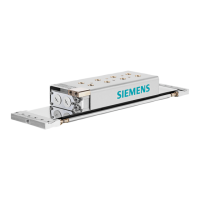
